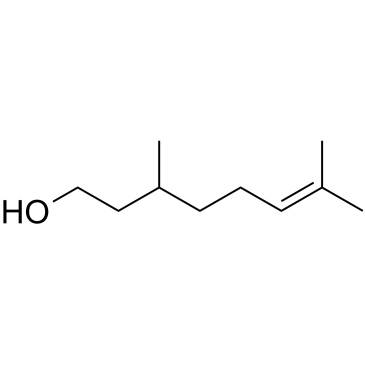| Structure | Name/CAS No. | Articles |
|---|---|---|
 |
Citronellol
CAS:106-22-9 |
|
 |
Nonadecane
CAS:629-92-5 |
|
 |
(-)-beta-Citronellol
CAS:7540-51-4 |
|
 |
(R)-Citronellol
CAS:1117-61-9 |